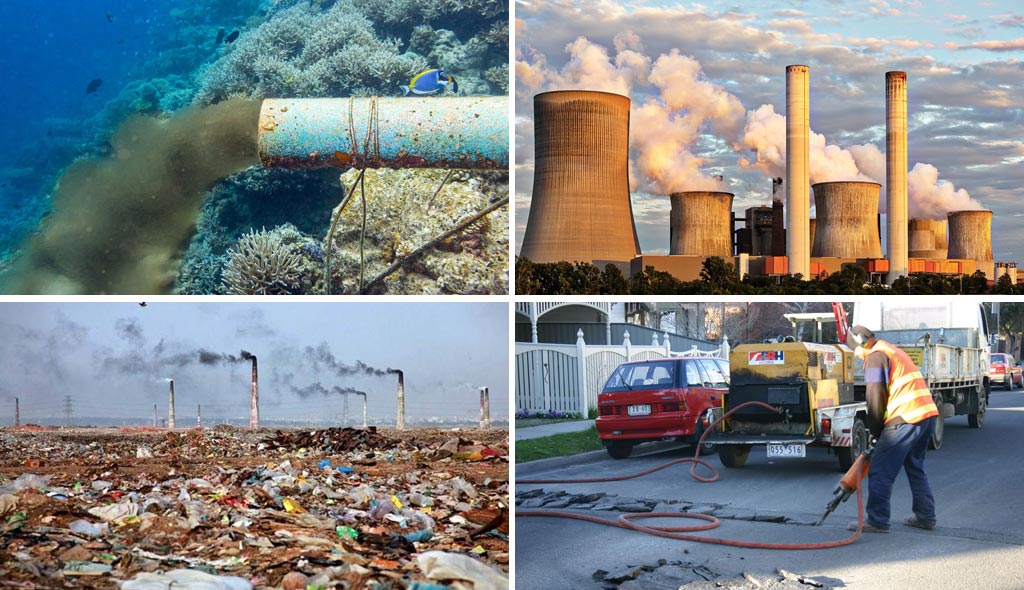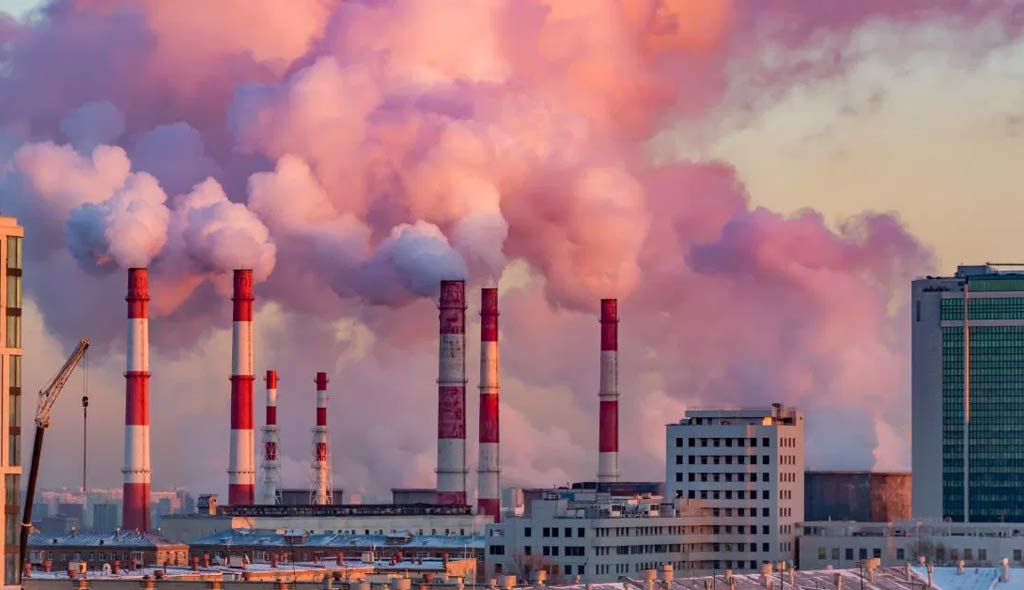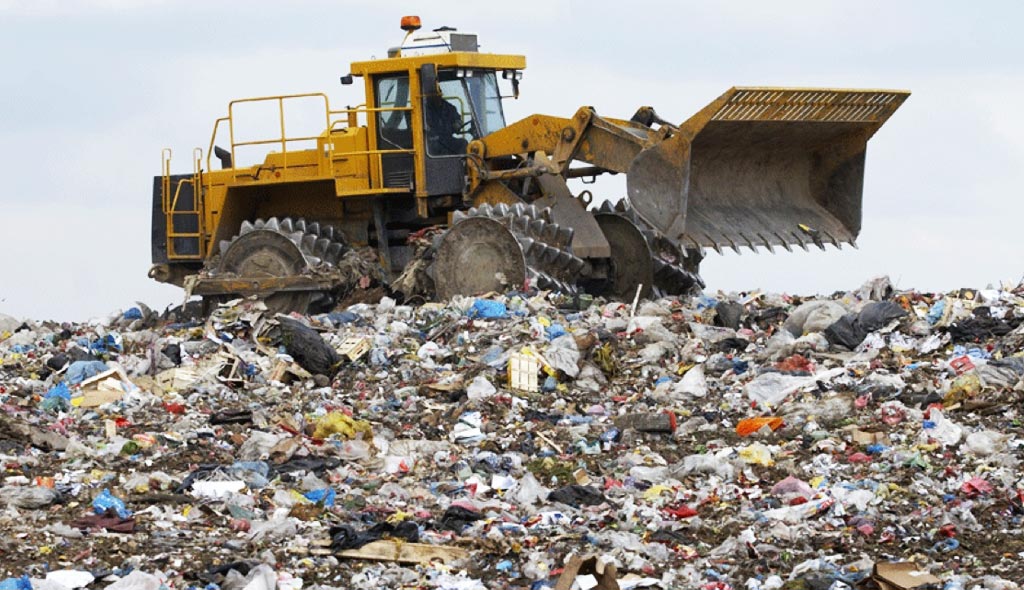Pollution and Its Different Types

Ever since we humans stepped our feet on Earth, we have taken more from it than have given back to it. But perhaps the most devastating blow that mankind has thrown on the face of the planet they live in is the act of filling it up with pollution.
As we stand today in this era, there is hardly an inhabited place left on Earth that is not polluted. For centuries, we humans have taken this planet for granted and have abused and exploited it. But, as the proverb goes, ‘as you sow, so shall you reap’, everything has its consequences. We need to make changes, and we need to make them fast. But before doing so, you need to know what you are dealing with. Today, we are going to give you a summary of everything related to pollution. So, read on.
What is Pollution?
The term pollution has been derived from the Latin word ‘polluere’ which translates to contamination. So, it means that pollution is anything and everything that contaminates the environment. In other words, pollution refers to the introduction of harmful substances to the environment that causes extreme unfavourable changes. The substances that cause these changes are known as pollutants.
It must be noted that pollution is not always caused by chemical substances. Forms of energy such as heat, light, or even sound can cause pollution. It is said that the first act of man-made pollution was when man discovered how to light a fire.
When the environment gets contaminated, it can have adverse effects on living beings. Besides, it poses a threat to the overall biodiversity of the ecosystem and the sustainability of the environment.
What are the Different Types of Pollution?
Pollution can be of many different types. But generally, they are categorized into four major categories. They are as follows:
Water Pollution

Water pollution refers to the contamination of water. It happens when dangerous foreign or chemical substances are introduced to water in the form of sewage, fertilizers, pesticides, agricultural runoff, human and animal wastes, industrial dumps, and metals (mercury or lead), among others.
Air deposition, littering, oil seepage, water diversion, and channelization of streams can also contribute to water pollution. It can take place on various water bodies such as lakes, rivers, seas, and oceans.
The toxic chemicals that are dumped upon the water bodies can bio-accumulate in living beings when they consume that polluted water, and slowly and steadily can enter into our food chain as well.
Water pollution also threatens marine life and increases the risk of water-borne diseases. It also results in eutrophication, which is an excess of nutrients in a water body that results from agricultural run-off and leads to an uncontrollable dense growth of aqua plants.
Air Pollution

Air pollution occurs when biological molecules, toxic gases, and other similar particulate matter are released in the atmosphere. Both natural and man-made activities are responsible for air pollution. Each time you burn fuel, you are adding to air pollution. It threatens all life forms on the planet.
The most common causes of air pollution include smoking, automobile effluents, industrial effluents, limnic eruptions, and volcanic eruptions, among others. When it comes to air pollutants, the most dangerous ones are carbon dioxide, carbon monoxide, nitrogen oxides, sulphur dioxide, chemical vapours, aerosol sprays, chlorofluorocarbons, etc.
These can result in generating extreme chemical reactions that lead to acid rain and smog. Air pollution is adding to global warming with each passing day, making our planet warmer and melting our ice caps.
If this continues and we don’t stop, then the melted ice will elevate the sea level, drowning many islands and coastal areas, thereby killing millions and millions of people. Besides, the lack of fresh air increases the chance of air-borne diseases and makes it difficult for people with respiratory health issues such as asthma and bronchitis to survive.
Land Pollution

Land or soil can be polluted by anything from your household garbage to the industrial wastes. To put it simply, it is the contamination of the land that leads to a situation where natural life can’t grow on it. A polluted land will neither be suitable for habitation nor will it be suitable for irrigation.
Some of the prime reasons for land pollution are littering, mining, dumping of hazardous waste materials, non-sustainable farming practice, usage of pesticides and fertilizers, and soil seepage, among others.
Land pollution degrades the land to a degree that the natural composition of the soil is altered negatively. This has a drastic impact on various life forms since the toxic pollutants in the soil is absorbed by plants and trees. When we are consuming the products of these plants and trees, those toxic elements are indirectly entering our system, infecting us in the process.
Noise Pollution

Noise pollution is caused by loud noises that are generated by human activities that disrupt the standard of living in a particular area. It includes noises of traffic, railways, airplanes, concerts, fireworks, loud music, and loud honking, among others.
It can lead to serious damage by causing temporary or permanent damage to the hearing abilities of various life forms, including humans. Besides, it also causes stress, increases blood pressure, and leads to speech interferences as well.
Noise pollution is also seen on water bodies since the loud noises of ships and submarines can distress the marine life.
Other Types of Pollution
Apart from the four aforementioned classifications, pollution can be categorized in the following types as well.
Radioactive Pollution
Radioactive pollution refers to the contamination of air, land, or water with radioactive substances. It is extremely dangerous since it can trigger mutations in the genetic material of living beings.
Visual Pollution
Human activities have made their presence felt everywhere. So, now instead of greenery and beautiful landscape, all we see are ugly barriers, billboards, and crisscrossing of electric wires, among others. It leads to eye fatigue, distraction, and various psychological problems.
Light Pollution
Light pollution refers to the invasion of the night environment with too much artificial light. It is caused by excess street lighting, industrial lights, stadium lights, etc. It disturbs the ecosystem and harms the health of many plants and animals.
Conclusion
Essentially, all these types of pollutions are interconnected and are primarily caused by mankind. We need to start acting rapidly to control our activities because if we end up hurting the place where we live, we will have nowhere else to go. So, let us be more responsible and make this Earth a safe, healthy space again.

